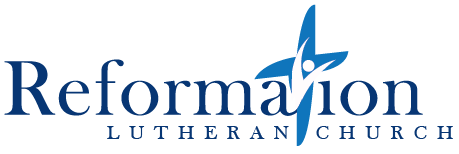401(k) vs. IRA
In last month’s Financial Ministry Corner, we reviewed the differences between Index Funds and Exchange Traded Funds (ETF). If you own an Index Fund or ETF, there is a high probability that it’s part of your retirement savings in an account such as an Individual Retirement Account (IRA) or 401(k). This month we’ll review…
401(k) vs. IRA from usnews.com February, 2013.
- 1. How do I open an account?
In order to contribute to a 401(k), you must work for an employer that provides a 401(k) plan as a benefit. In some cases your employer may automatically enroll you in the plan, while other employers require new hirers to enroll themselves.
An IRA is not related to your employer, which means you are not automatically enrolled. You should shop around and compare IRA plans offered by financial institutions such as Vanguard or Fidelity. You will need to work directly with those companies to open an account. As part of the process, you will also want to consider if a Traditional or Roth IRA is a better choice based on your investment needs. - 2. How can I contribute and how much can I contribute?
401(k) contributions are made via payroll deductions based on the designated contribution percentage you set. Many employers match contributions up to a certain percentage, so make sure you are contributing up to at least the percentage that your employer will match. In 2014, savers can contribute $17,500 to a 401(k) and those savers that are 50 years old or older can contribute an extra $5,500.
In the case of IRA contributions, your contributions are not made via payroll deductions. Instead, you will either need to make contributions by mailing a check or by making an electronic deposit to the company who is holding your account. In 2014, savers can contribute up to $5,500, and savers 50 or older can add another $1,000. When savers reach age 70 and a half, they can no longer make Traditional IRA contributions, but they can still make Roth contributions.
It is important to note that both IRA and 401(k) contribution limits may increase or stay the same as determined by the IRS. The limits can be found on the IRS’ website. Also, employer contribution matches are subject to change at the employer’s discretion. - 3. Where can I put my money?
Most 401(k) plans offer a limited number of investments that are usually an array of mutual funds. The advantage of an IRA is that you have access to virtually any investments that are offered by the financial institution that is providing the IRA account. - 4. What are the tax advantages?
Contributions to a 401(k) are made pre-tax, which reduces your taxable income. Traditional IRA contributions are not technically made pre-tax, but these contributions may be tax deductable for income-eligible account owners. Distributions are subject to ordinary income tax for both the 401(k) and Traditional IRA. Roth IRA contributions are made after-tax and the distributions are not subject to additional taxes.

